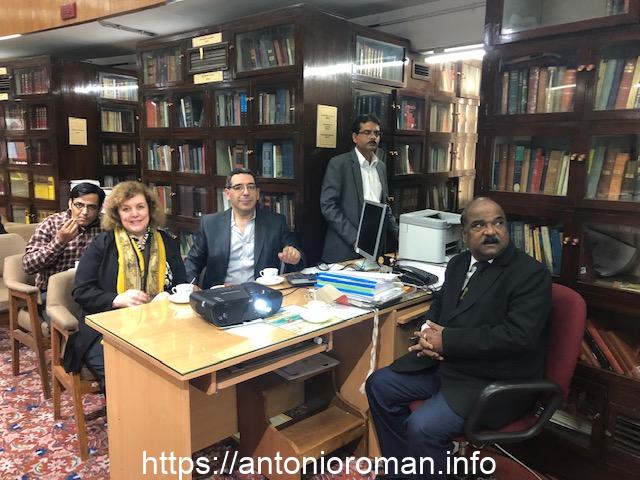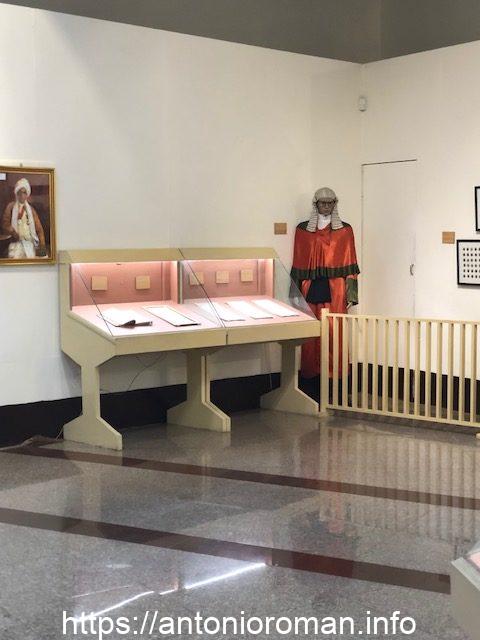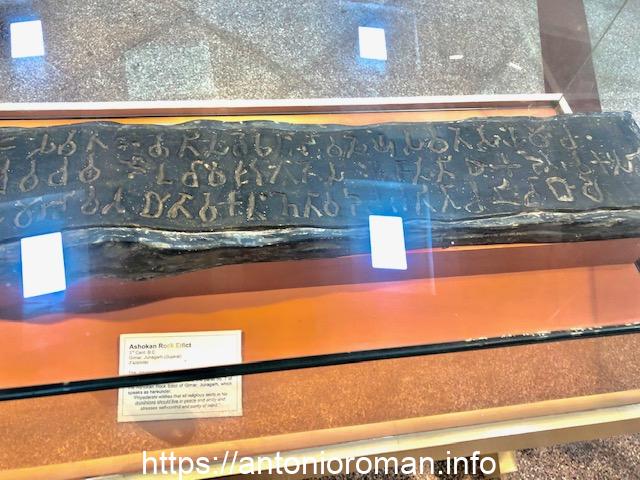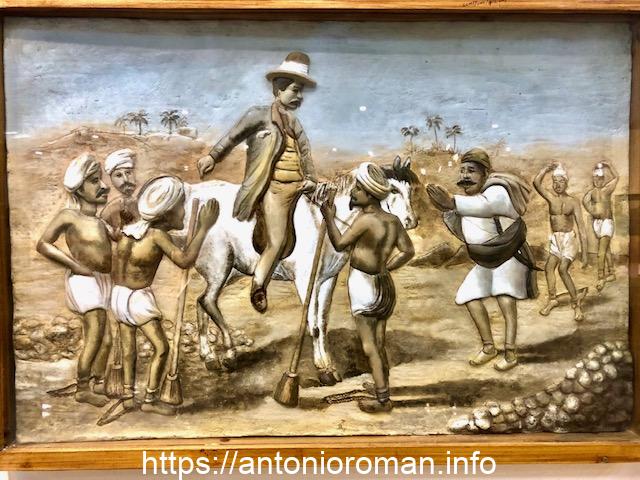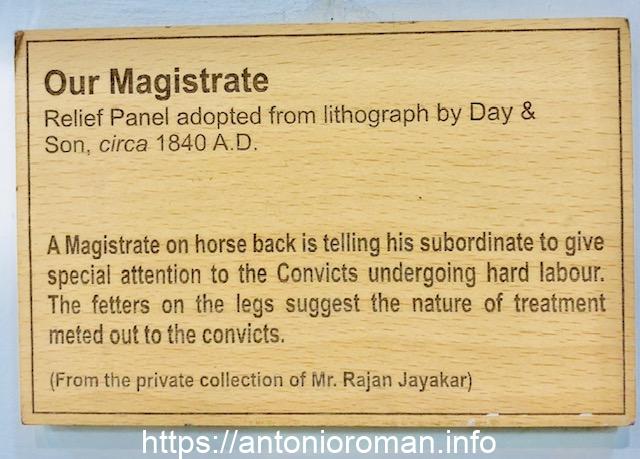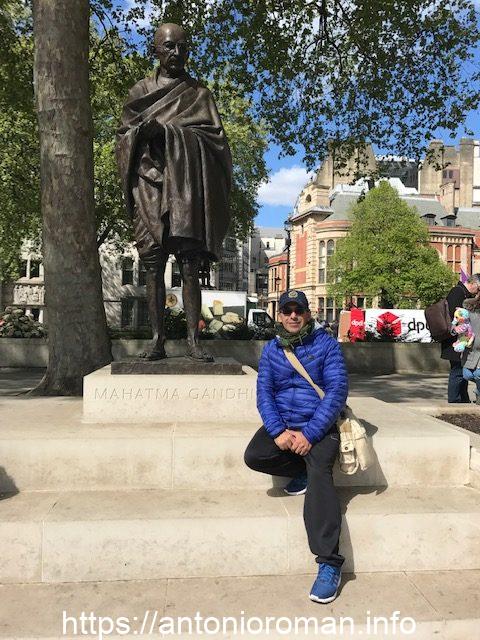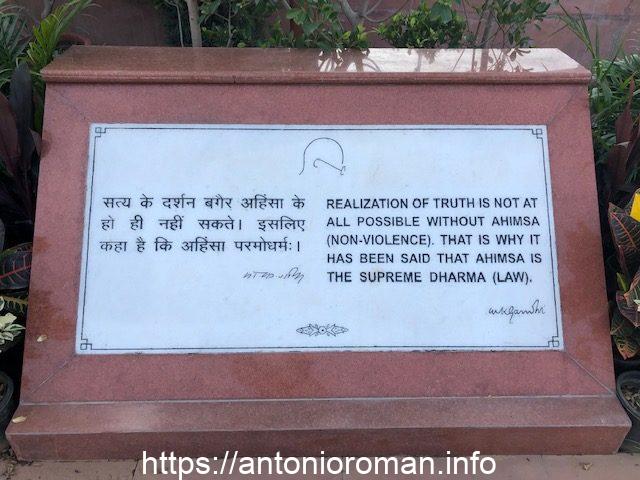At the World Digital Library can be seen some outstanding data in relation to the constitution of India, for example, It took almost five years to produce the original, which was penned by Prem Narain Behari Raizda, Who when he was asked how much he would charge to write the Constitution by hand, replied:
“Not a single penny. By the grace of God I have all the things, and am quite happy with my life, But I have one reservation—that on every page of Constitution I will write my name and on the last page I will write my name along with my grandfather’s name.”
Prem Narain Behari Raizda
presentada por el Director de la Supreme Court of India, Dr. R K Srivastava al Dr. antonio Román y Lic. Mónica Dodero
History
The constitution also contains illustrations (performed by Nandalal Bose and other artists) that show a diversity of historical and current societies, each with its own unique style. Among which is Mohenjo-daro, it was “The first planned city” named by UNESCO, and perhaps the most developed metropolis in the 3rd millennium BC. This bulwark of universal culture, and which belongs to India, has been populated since 3500 BC.
The constitution became official on January 26, 1950, but today it is not possible to deny the influence of the French and American revolutions, as antecedents of the Modern Republics,
although particularly in the case of India, and with regard to the liberal governmental system, the English influence has been largely notable (Pascuale y Panikulangara, 2009).
Edictos del Emperador Ashoka que se aplicaron por todo el subcontinente indio durante su reinado sobre el Imperio Maurya desde en 269 a.C. hasta el 232 a.C.
Piezas del museo de la Corte suprema de la India
Pieza del museo de la Corte suprema de la India
Electoral and legislative organization
This Constitution has been the result of a process, of the development of a sublime culture, in which mystery, wisdom and more than a billion people converge, they inhabit its landscapes daily, and they profess diverse religions, each with its language, its characteristic traditions, and where it is inevitable to see the traces of tradition, with the fruits of postmodern progress- that is built following the most current trends in the world-. All in a legal and regulatory context that since 1950 was established in a coherent system of law that has two fundamental systems, the state secularist and the cultural religious (Pascuale y Panikulangara, 2009).
There are some 600 million voters in India, represented in 26 states, and 6 territories, this indicates that it is the democracy with the highest voter density in the world (Pascuale y Panikulangara, 2009). Regarding the conformation of the parliament, is the President, the Council of States: High Camera of the Parliament of India or Ragya Sabha, composed of 250 legislators, and the Popular Chamber (Low Camera of the Parliament of India) or Loka Sabha (literally The People’s House) with 545 members.
The States of the Republic of India can assume a certain independence that has the purpose of legally regulating the particularities of each tradition, within the vast subcontinental territory, influencing favorably, in the daily and social life, of the inhabitants, whose diverse expressions of faith and ethnicities lead to the need for a political, religious and cultural balance.
However, in India there pre-exists a spiritual legality that bases coexistence on tolerance and on principles of divine origin, where the law of the Dharma (law of the purpose of life, which invites work for others) embraces all existence, and historically maintains the civil order based on a deep assimilation of Holy writings.
Influences
Including with the advent of the Muslim culture, from the 12th century, and its impositions of creed promulgated by the Koran and its Sultans dynasties, which involved in the least cases administrative amendments and judicial reforms in favor of Islam, until the 16th century, when imperial abuses began to be prohibited, and a more pluralistic style of coexistence was created, under the imperial Mongoloid cloak, from which it has been possible to appreciate a long and progressive development of transformations of legislative structures, which currently reflect the nature of personal laws of India, in which the rights to Islamic customs are zealously contemplated, when they do not hinder constitutional civil guarantees protecting all Hindu inhabitants. But in the historical course of the conformation of the official Indian Constitution, the European, and especially the English, commercial colonialist forces have also entered, which since the 16th century has been obtaining concessions since the beginning of its activities. Until acquiring legislative rights and its own judicial body, capable of acting anywhere in Hindu territory, adding, with the permission of King Charles II, military, naval forces, and obedience to Martial Law, which led to the drafting of a constitution colonialist, exclusive to India, which lasted even in the mid-20th century. Later, internal rifts between the British East India Company (commercial ambassadors based in Bombai), and the British Crown, put an end to a legal model that for at least three centuries had been built on the privileges of the English sovereign colonizers and which had supreme courts and governors, to later dissolve in 1858 due to corruption problems, from then until 1950, it remained in the hands of the British Crown (Pascuale y Panikulangara, 2009).
Mahatma Gandhi
Finally, it would be unfair not to mention Gandhi’s laborious intervention in the Constitutional process of the Republic of India. The mahatma, born west of the subcontinent, son of the Prime Minister of the city of Porbandar, at 18 years old went to study law in London at University College. At the end of his learning period he returned to Bombai, to work there, but there were too many lawyers with more experience than him and then he accepted a job in South Africa, at a time when there was discriminations against Hindus.
y en la Estatua de Gandhi en el corazón del establishment británico en Londres.
It took a year for him to create a first politic party there in defense of his compatriots, and after 20 years of exercising non-violence, he made arrangements with South African General Jan Christian Smuts, to try to resolve the conflict. Gandhi returns to India in 1915, and has since worked tirelessly for the independence of that country. In 1920 he presented a program to the Nation, where deep social, economic and political structural changes were proposed. In 1930 he stood out for his participation in the Salt march, he used to go to the Round Table meetings, as the official representative of the Congress party, facing the English Viceroy, Willingdon, who said of him:
“ I must confess that the fact that for a few months I will be free of this little man gives me great relief, although we are very good friends, when it comes to negotiating he is a very difficult man. He will be a saint, he will be a man of great moral stature, I think he really believes in the principles he professes; but of one thing I am completely sure: he is one of most astute politically-minded little gentlemen I ever came across”.
During the Second World War, he claimed Indian independence and resubmitted a program for the final reform of India in 1940. Although he was assassinated two years before the Constitution of the Republic of India came to light, his figure will forever symbolize the longing for a peaceful and republican India, capable of living in non-violence and also the importance that a only man can make a difference.
India has hosted at least three historicities and cultural guidelines, which can be assimilated as the Hindu, Islamic and British traditions fundamentally. This has thrown in its bosom, a particular experience linked to the knowledge of the right of this subcontinent, in the way of experiencing it, practicing it, understanding it. So we have made a brief tour that shows the importance of the balance between social institution- and instituted society, Roman (2019) accounts for this dialectic at the very core of imaginary social construct, bringing up his exploration of criminal law in India, affirming that:
“a social imaginary is then a socio-historical construction that encompasses the set of institutions, norms and symbols shared by a certain social group and, despite its imagined character, operates in the reality, offering both opportunities and restrictions for the actions of the subjects”(pp-55).
[“un imaginario social es entonces una construcción socio-histórica que abarca el conjunto de instituciones, normas y símbolos que comparte un determinado grupo social y, que pese a su carácter imaginado, opera en la realidad ofreciendo tanto oportunidades como restricciones para el accionar de los sujetos”]
(Román, 2019, pág.53).
In this way, it allows us to understand how the new, against the instituted emerges. The imaginary establishment is disputed between the instituted and the instituting. Since every society needs to develop “its world of meanings” [“su mundo de significaciones”] (Román, 2019, pág.54).
Regarding the law, the cultural fabric allowed constitutional emergencies to crop out that are currently capable of containing the human diversity of creeds and customs, since in India there are also Christians, Buddhists, yogis, etc.
In this way, faced with the origin of the India Constitution, the various manifestations of cultures make their way, finding in the synthesis of the 1950 Constitution a secular legal system that facilitates republican life.
Referencias
- Library New Delhi University in Law. https://nludelhi.ac.in/pep-cent.aspx
- Dr Akash interview on you tube. https://www.youtube.com/watchtime_continue=4&v=YbbfodMvcmI&feature=emb_logo
- Biblioteca digital mundial. https://www.wdl.org/es/
- University of Delhi http://www.du.ac.in/du/
- “El escritor original de la Constitución». Me ve la India. 13/08/2011. Consultado el 7 de marzo de 2020.
- Sofia, P., & Panikulangara, P. T. (2009). Origen y desarrollo de la Constitución de la India. Un ejemplo de equilibrio entre tradición religiosa y laicismo. Frónesis, 16(1) disponible en https://biblat.unam.mx/hevila/FronesisMaracaibo/2009/vol16/no1/3.pdf
- Polis (2016). Revista latinoamericana Noviolencia, resistencias transformaciones culturales, N 43. Disponible en https://journals.openedition.org/polis/11501
- Revista historia y Vida (2016). 8 Características de la ciudad de Mohenjo-Daro. (n/a) Num. 493. Disponible en https://www.lavanguardia.com/historiayvida/prehistoria/20161124/47312464740/8-caracteristicas-de-la-ciudad-de-mohenjo-daro.html
- La India, un país de Contrastes (2016). Sociedad Gráfica de la India BLOG(n/a). Disponible en https://www.lasociedadgeografica.com/blog/sgi/la-india-pais-contrastes/
- Román, A. (2019). Imaginarios sociales de exreclusos sobre la lectura y el sentido de la vida: la función de la biblioterapia en personas privadas de su libertad (tesis doctoral). Universidad Argentina John F. Kennedy, Argentina. Pág. 205-206
Cómo citar este artículo Formato APA
Román, A. M. (2020). Indian Rights – First Part: The Constitution of India [día, mes, año de la consulta on line]



